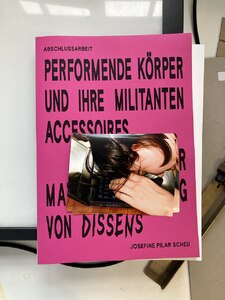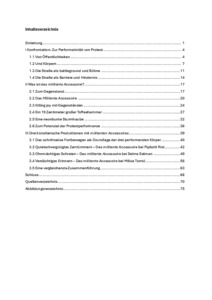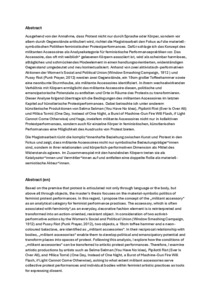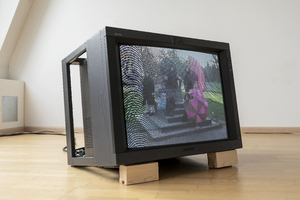Performende Körper und ihre militanten Accessoires

Performende Körper und ihre militanten Accessoires
Josefine Scheu
| Titel |
|
| Untertitel |
|
| Autor/in | |
| Beschreibung (de) |
|
| Beschreibung (en) |
|
| Kategorie | |
| Schlagworte | |
| Datierung |
|
| Dank an | |
| Sprache |
4 Inhalte
Examples:
Filter werden geladen
Wählen Sie in der Aktionsleiste Medieneinträge oder Sets aus, um weitere Filterkriterien anwenden zu können.
- Seite 1 von 1


